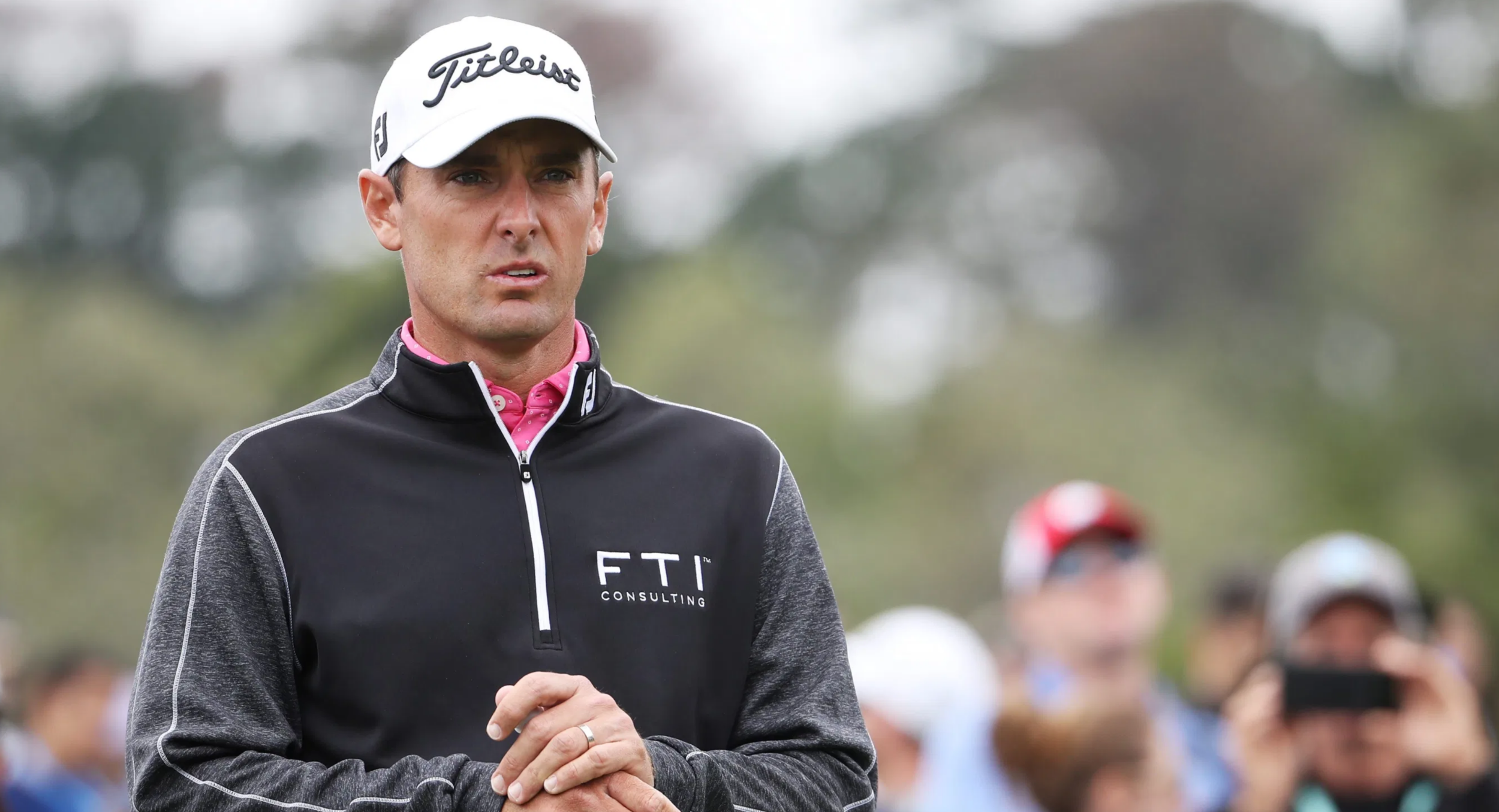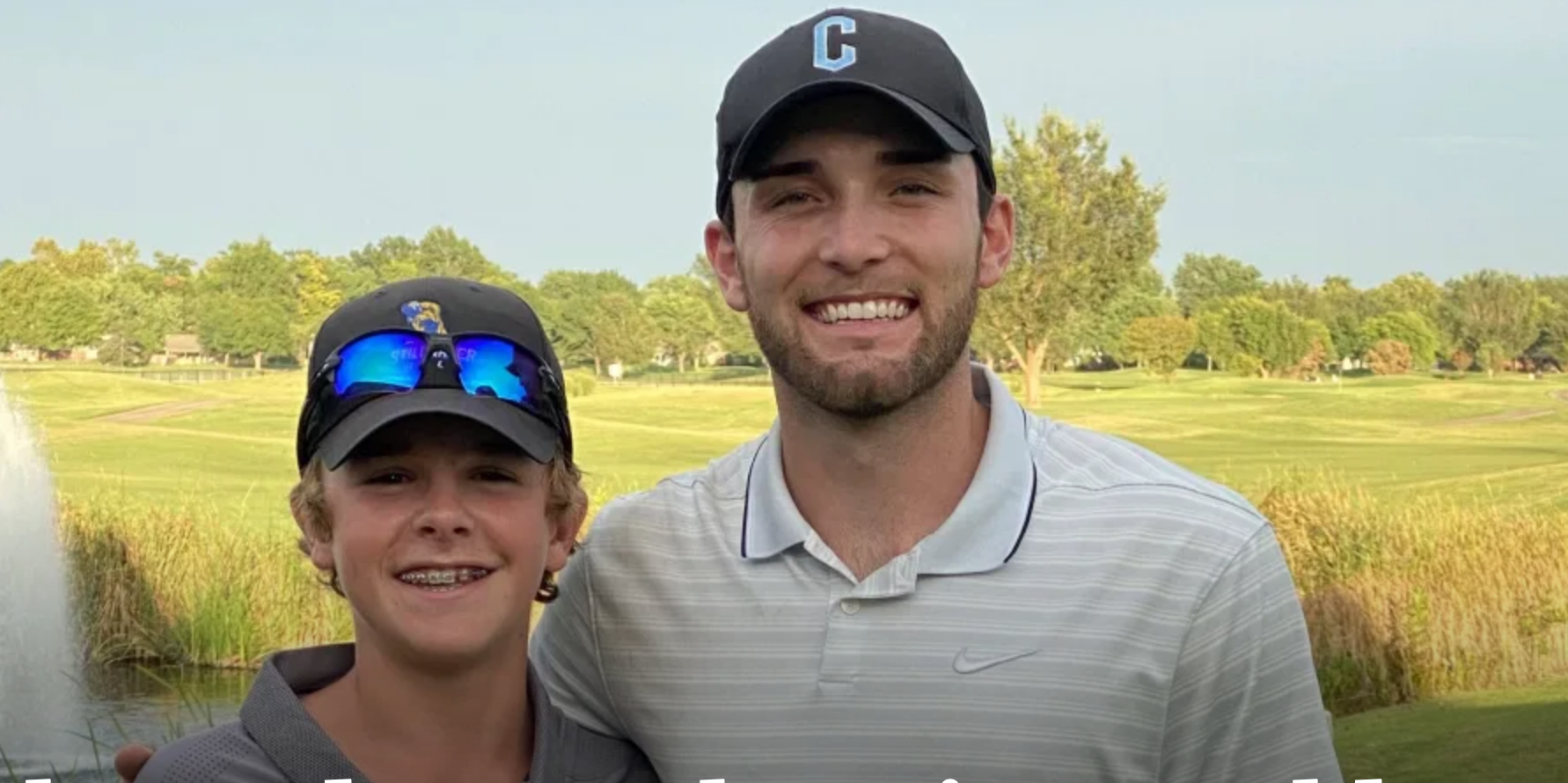They pulled off a fall U.S. Open and there were many more winners than losers at Winged Foot.
Winners
Bryson DeChambeau – You’ve taken enormous risks, listened to no shortage of doubters and now are a worthy, convincing major championship winner. Most impressive is the accomplishment coming on a course supposedly rigged against your aggressive style of play. Plus, no run-ins with the rules or officials, and you gave credit to your parents for the sacrifices they made. Classy win.
Matthew Wolff – Just two majors and already a second place and a T4 at age 21. Oh and an ebullient style when so many players look so joyless.
Westlake Golf Course – Wolff’s home away from home is also where Chris Como, DeChambeau’s distance-boost coach, got his start in the game. What a day for Thousand Oaks. Check out Sean Martin’s story here on the little course that is producing so many characters.
California – Two for two in 2020 majors along with Wolff securing a runner-up, confirming the Golden State as a hotbed of talent development. And these are no country clubbers.
Winged Foot – Sure, the winner was six-under-par and you’ll now have to wait at least eight years to wonder what the next U.S. Open winning score will be. But the restoration came off brilliantly and it’s not your fault the governing bodies are dragging their feet on equipment rules tweaks. Hey, I have an idea, why not make some form of action a requirement to host again?
USGA Course Setup – John Bodenhamer and Jeff Hall led a crew balancing architecture, science, early fall conditions, irrational Winged Foot member desires and the ghosts of USGA setups past. The task is not a pleasant one but the setup eased players into the week, moved the field around, and exuded U.S. Open difficulty all the way.
Dan Hicks – You maintained great energy during NBC’s eight hour broadcast Saturday and obviously know your home club, gulp, better than most. Sure, there were too many references to “The Foot” and most of America didn’t need to know the timing on the pro shop renovation. But you balanced an unabashed affection for Winged Foot with storytelling, conveying the outcome of key shots while investing us in the venue. I wouldn’t expect anything different.
Poa annua – Winged Foot’s greens didn’t look so hot by day’s end but sure appeared to putt beautifully. Superintendent Steve Rabideau and team presented incredibly smooth poa annua greens. This proves for the second year in a row that the dreaded “weed” can be managed in a U.S. Open. Special shout-out to Darin Bevard’s USGA agronomy team on a success streak we hope becomes permanent.
Square Green Shapes – The restored hole locations and shapes looked incredible on TV and even the oddity of seeing so many geometrically shaped green complex fronts totally worked.
Lexus – While some undoubtedly grew concerned seeing your courtesy cars parked randomly throughout Winged Foot—mitzvah alert, always cluttering NBC camera shots—the screen time made for just the kind of organic advertising that the coveted demo admires.
Winged Foot Squirrels – Before budget cuts killed the animal cams and a whole bunch else, NBC would have made you stars this week. Still, you got in a few shots and now the tournament will leave town so you can store acorns without a U.S. Open around. Maybe the rough will finally come down too.
Losers
NBC – Fox was missed. That’s an unfathomable notion given Fox’s early struggles and NBC’s former place atop golf television. But Fox got a lot better and corporate budget cuts at NBC clearly took a toll in too many departments to list here. The broadcast lacked the technology, production values, sense of place and other little stuff NBC was famous for bringing to golf. Worse, so much cut from producer Tommy Roy’s pallet was just the kind of stuff viewers came to love from Fox’s USGA telecasts and CBS’s recent “Return to Golf” run.
Danny Lee – A terrible look with the Saturday six-putt and putter slam into the bag, followed by a WD. That came 90 minutes after play due to a wrist injury, but it took a Tweet from No Laying Up’s Tron Carter to shake the replay of your meltdown free of NBC servers. How did this not make on an eight hour telecast, only to be aired on the early morning pre-game?
Green Reading Books – A rule change designed to make these silly novellas more difficult to read has only added time to rounds. Speaking of slow play…
Slow Play – The USGA miraculously got the field around Thursday and Friday, but Sunday’s last twosome took just over four hours and thirty minutes, including 2:15 on the front nine even with the duo taking just six shots to play the par-5 ninth. Yes it’s a big course with high rough and diabolical greens, but matters are not helped by the players never facing a penalty the way they are at all other USGA championships.
Tiger And Phil – This fan-free golf just doesn’t seem like your thing. Maybe next year at Torrey you’ll give it one last college try.
Lost Ball Search Committee – The thankless task to minimize lost balls was mostly a success, but an early Thursday disappearance of Jordan Spieth’s Titleist and Sunday’s loss of a Harris English first tee shot will not be soon forgotten. We still appreciate your service.
Huge Square Tees – They just didn’t have the same character as those charismatic putting surface shapes.
Nothing To See To Here Society – Saturday’s bomb-and-gouge numbers combine with the future of players bulking up to showcase how silly it is that we have governing bodies still tap dancing around the distance debate.
Club Pro Guy – Bryson’s trophy ceremony thank you to CPG was almost an elite moment for the former Mexican Mini Tour player-turned-Yucatan National instructor.
Winning Score Watchers – Six-under-par. The travesty! The horror! Form a committee to find more back tee land and assess only those members who whine about this U.S. Open.
Rick Pitino – Your new house behind the third green is not situated properly for a flip to lengthen the fourth. Oh, and social distancing in the Pitino grandstand needs work even in a non-pandemic year.



























